Four years ago 1 134 people died in the Rana Plaza garment factory collapse. The Rana Plaza building was in bad shape for a long time, and cracks were visible prior to the collapse – some workers asked to not go to work due to the dangerous conditions, but they were forced to continue working in a clearly unsafe building. On the 24th of April 2013, the building collapsed, killing over a thousand people, and injuring 2 500. To remember the victims of Rana Plaza, Fashion Revolution Week is held each year, starting on the day of the collapse. Though it’s been four years, and there has been a lot of coverage on the Rana Plaza disaster and pressure on clothing companies to change the way they make their clothes, not much has changed. This is why we need to come together and make this year’s Fashion Revolution Week bigger than ever!
Fashion Revolution has published their new Fashion Transparency Index report which shows clear improvements to last year, but which also shows that brands have a very long way to go if they want to be transparent and be able to tell consumers where their clothes come from. Fashion Revolution has studied 100 of the biggest fashion brands to see how much they disclose about where their clothes come from, and how reliable their sources are. No brands scored over 50%, meaning none of the top 100 brands give detailed information on their suppliers, and especially not on where their raw materials come from. 3 of the brands don’t disclose anything at all, and the average score for all the top 100 brands is only 20%. Fashion Revolution found that in brands’ sustainability reports, much more space is given to their beliefs than to actual actions. This is quite clearly noticeable when you read about a brand’s sustainability on their website: there’s a lot of talk about what brands want to do and how they find sustainability important, but there is very little tangible evidence to support that they are doing something about these issues.
Brands are taking steps towards making their supply chain more transparent, giving more information about where their clothes are made. Often this information can be very hard to get, though, because many factories use subcontractors, so a brand may say they use a certain factory that is up to sustainable standards, but in fact their clothes are made in some other subcontracted factory. Also, very few brands disclose where their raw materials come from. I personally would like to know if my clothes are made from cotton picked by slaves in Uzbekistan or if the cotton is funding ISIS. So there’s a long way to go, but hopefully consumers are starting to care enough about these issues that brands cannot stay silent about them.
Since now is a whole week dedicated to the Fashion Revolution, I wanted to find out #whomademyclothes each day of the week. So seven items, seven questions, and hopefully seven answers.
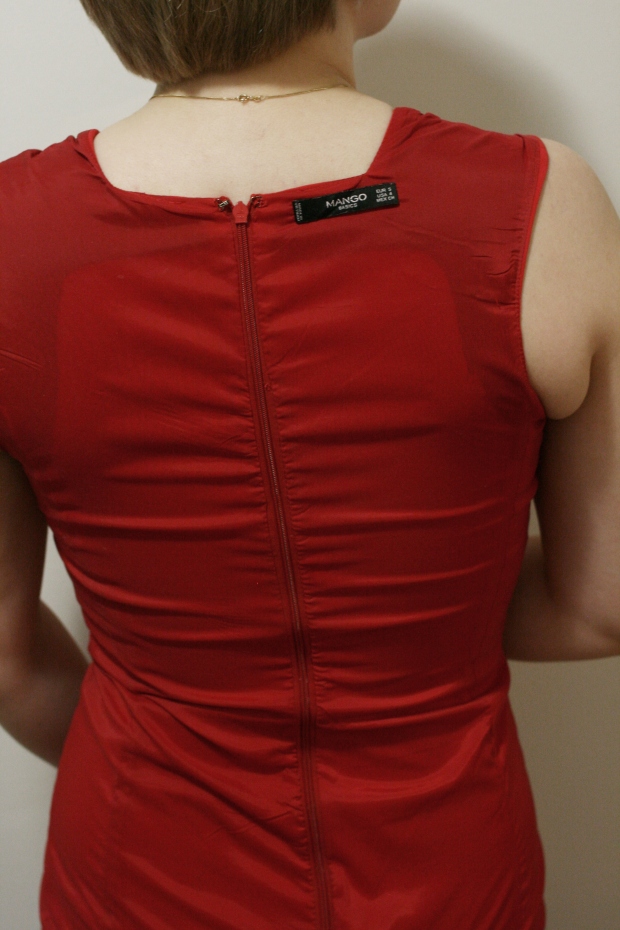
Mango – Made in Vietnam
1. Mango, who made my clothes?
Mango scored only 13% on Fashion Revolution’s transparency index, meaning they publish policies and some information on supplier assessment, but not much more. I’m not sure I would be too proud either to publicly announce where my products were made if they were found to be made in conditions that led to the worst garment related accident in history: Mango’s clothes were being produced in the Rana Plaza building and their tags were found in the rubble. In 2013 Mango claimed that they want to reduce production costs, which is very worrying considering that production costs are much too low in the fast fashion industry. In 2016 it was found that Syrian refugees were making jeans for Mango in dangerous conditions in Turkey, which is a gross exploitation of people fleeing war. Since Mango has said they want to reduce production costs even after Rana Plaza, where costs were cut to the extreme, I would very much like to know: Mango, who made my clothes?

Zara – Made in Spain
2. Zara, who made my clothes?
Zara scored 36% on the Fashion Transparency Index. Zara belongs to Inditex, and other Inditex brands, such as Massimo Dutti, Pull&Bear and Bershka, received similar scores in the Index. Inditex has been criticised a lot in media, and has often been found to produce clothes in very unethical conditions. Like Mango, Zara was also found to have used Syrian refugees to make their clothes.
The shirt I’m wearing has been made in Spain, as are 50% of Zara’s clothes, which is good in a way, since labour laws are much more strict within the EU and the workers get paid more than in developing countries, but the reason Zara makes half of their clothes in Spain is so that they can make fashion faster than ever. They can ship their clothes quickly and make hurried adjustments to clothes, so they can change their designs every two weeks on average, and can have new items designed and sold in only 4 weeks. Zara is making fast fashion faster than ever, when fashion should really be slowing down.
Since Zara has been under the spotlight so often for unethical production, it sort of makes you cringe when you find out that the owner of Inditex, Amancio Ortega, has a net worth of over $70 billion, making him the second richest man in the world. So hey, Amancio Ortega, you should have enough money to pay your workers a decent living and find out where your clothes are made, right? Zara and Amancio Ortega, who made my clothes?
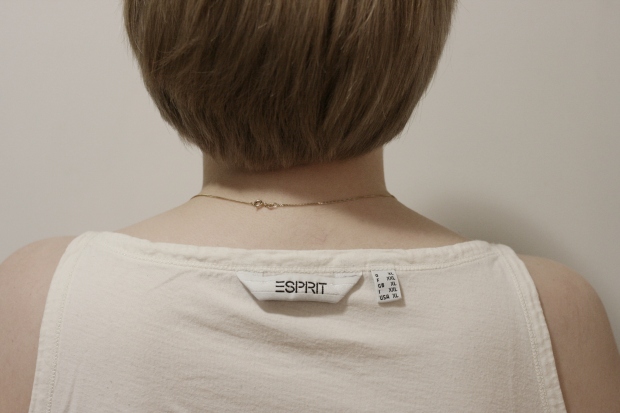
Esprit – No “Made in” tag
3. Esprit, who made my clothes?
Esprit scored 37% on Fashion Revolution’s Transparency Index. This means that Esprit publishes supplier lists and has detailed environmental and social goals. Though Esprit scored above average in the Index this year, this shirt I’m wearing fails to tell me anything about the production. I’ve bought it second hand, so it’s possible that the “Made in” tag has been cut off, but I couldn’t find traces of any cut off tags in the seams, so it doesn’t seem likely. The least a company should do is to tell consumers whereabouts their clothes were made, and almost all companies do that, so I wonder why this shirt doesn’t say anything about where it is made? Esprit, who made my clothes?
And please Esprit, why is this shirt that fits me just fine an XL/XXL when I normally wear an S? I’m hoping this is a shirt from your children’s collection, otherwise I have to be a little bit worried about what you consider a medium sized woman…
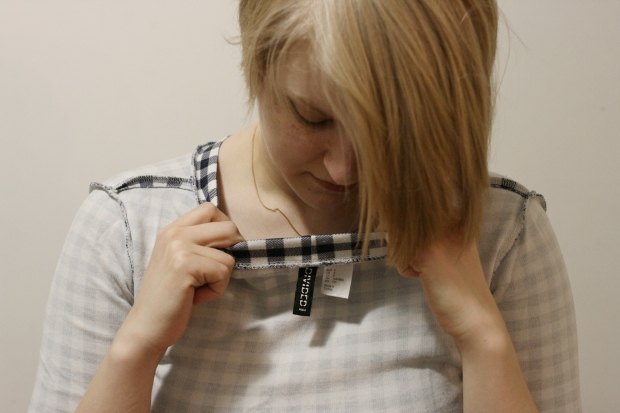
H&M – Made in Turkey
4. H&M, who made my clothes?
H&M has been criticised a lot, and I definitely think rightly so. What is worrying is that a company that makes their clothes in such horrible conditions is still one of the most ethical fast fashion retailers – that says a lot about the general quality of fast fashion brands. H&M scored 48% in the Fashion Revolution report, bettered only by Adidas and Reebok, both with a score of 49%.
Last year H&M had their own campaign during Fashion Revolution Week – H&M collected used clothes during World Recycle Week to make new fibers out of them to be used in clothes in the future. They also gave out discount coupons to people recycling their clothes to make sure people would come into the store with old stuff and leave with new stuff. The campaign was critisised for overlapping with Fashion Revolution Week, because it was mostly seen as a corporate greenwashing campaign and was sort of a slap in the face for Fashion Revolution Week. It’s great that H&M wants to recycle these clothes, but the amount of clothes they planned to recycle was the same amount that they produce in only two days. Great that they’re doing something, but when they’re such a huge part of the problem, shouldn’t they be doing more? And they haven’t announced another event this year, so did they get enough of recycling?
It’s also great that H&M has conscious collections – the consciousness of which I’m not 100% sure of – but what do these collections say about their other clothes? If you call a part of your clothes conscious, doesn’t that mean that you acknowledge that the rest of them aren’t?
H&M, I loved you as a teenager, but I won’t buy from you again until I know, who made my clothes?

Ted Baker – Made in China
5. Ted Baker, who made my clothes?
Ted Baker wasn’t included in Fashion Revolution’s Index, and they haven’t been researched on Project Just yet either. They have similar texts to other brands about how they value sustainability etc., but as has been noticed multiple times before, these don’t necessarily amount to much.
The reason I wanted to have Ted Baker as one of the brands I want to ask #whomademyclothes, is that you’d think that if you pay more for an item, the item probably costs more to make. Ted Baker’s clothes cost many times more than clothes at H&M, Mango, Zara etc., but does this mean that Ted Baker pays their workers more? Sadly, probably not. The Fashion Transparency Index shows that more expensive brands score lowly in transparency – and why have low transparency if you have nothing to hide? Michael Kors, Prada and Giorgio Armani all only score 8%, Chanel scores only 1% and Dior scores an appalling 0%. At thousands of dollars a bag, Dior can’t tell us where they’re made? There’s just no excuse for that. So please Ted Baker, show that you’re not like so many other brands and tell us, who made my clothes?
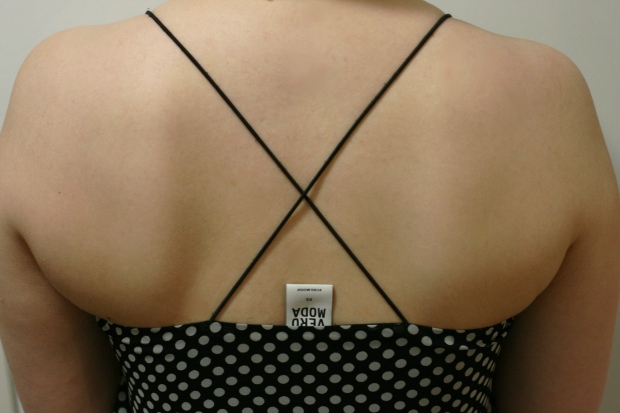
Vero Moda – Made in India
6. Vero Moda, who made my clothes?
Vero Moda belongs to Bestseller, and I’m really hoping they’re realising that consumers want to know where their clothes are made, and they don’t want clothes made in inhumane conditions. Just a few days ago, Bestseller reported that they want to take steps to make their supply chain more transparent. A lot of brands say a lot of things, but it can’t be a coincidence that Bestseller is publishing this during Fashion Revolution Week. Are they listening to us? Do they really want to do something about this? Last year Bestseller replied on Instagram when my sister asked them #whomademyclothes, and they said that they have long-term co-operation with their suppliers and that their factories are often checked by independent companies. So good stuff, but still not very tangible.
Vero Moda and Bestseller, I’m really hoping you can answer with more detail this year: who made my clothes?
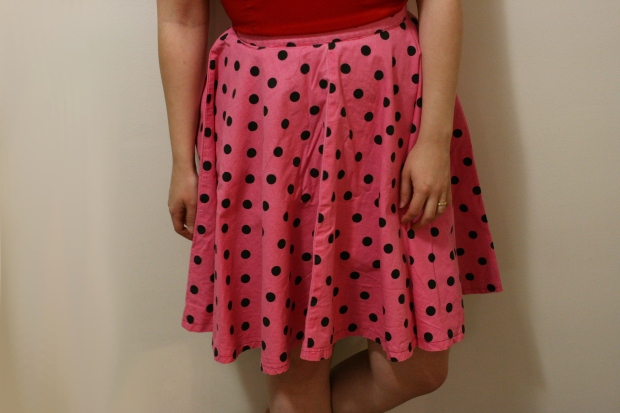
No brand – Made in Finland
7. I made my clothes?
If you don’t trust brands to tell you who made your clothes, why not make them yourself? I made this skirt when I was 14 years old, and I still wear it once in a while. I know there was no slave labour involved in the sewing and actually remember it being a very enjoyable experience. Of course, I have no idea where the fabric is from, so a big part of this skirt’s supply chain is still unknown… But I have 100% certainty about who made it!
To find brands that are transparent and know where their clothes come from, I recommend you check out @fash_rev on Instagram. They post lots of brands that proudly share who made their clothes!
And if you want to take part in the Fashion Revolution yourself, it’s simple! Take a picture of yourself with a piece of clothing turned inside-out showing the label and post it on social media asking the brand #whomademyclothes. The more we ask, the less the brands can ignore us!
Thank you very much for this very interesting article. It is so cool to share this kind of informations.
Coralie
LikeLike